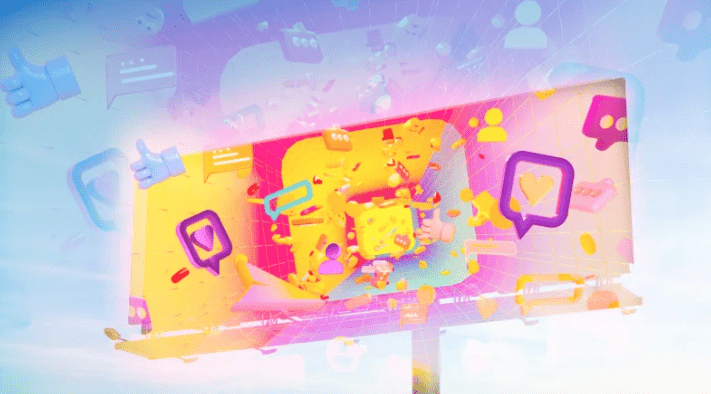This content lends brands much-needed authenticity, says creator economy expert Keith Bendes.
TikTok, Instagram, and X posts are familiar sights in text conversations, news articles, and even Slack messages. Soon, they’ll also become mainstays of TV and billboard advertisements, according to creator economy expert and Linqia chief strategy officer Keith Bendes.
“We’re entering influencer 3.0,” he says. During the first era of influencer marketing—which Bendes calls “1.0”—companies started paying content creators to post branded content on their popular social-media pages. Influencer 2.0, he says, came about once brands started posting creator-made content on their own pages and paying to promote it.
Bendes characterizes the third era of influencer marketing as brands realizing creator content does better than their own “in basically every single channel” and starting to use it “literally everywhere.”
Some brands have already done this. Better-for-you soda maker Poppi put flattering X posts on billboards for its “Soda’s Back!” campaign in 2023. McDonald’s debuted a TV commercial in Switzerland last year made “entirely” from TikTok videos about its limited-edition sauce containers, according to advertising agency TWBA, which created the campaign.
Bendes adds that Dunkin’, luggage brand Away, canned water brand Liquid Death, and social-media management platform Hootsuite have also used social-media content for real-world ad campaigns.
He says brands are using this content as “social proof of, like, these people really love our product. They’re talking about it online—like you should do—they look just like you, they act just like you. These aren’t hired celebrities.”
Anticipating demand for this kind of ad campaign to grow, Linqia recently released a tool that helps businesses leverage creator-made content across different mediums. TikTok introduced a tool with a similar function in 2023.
“The world wants more authenticity,” Bendes says. “Trust of brands is at an all-time low. Trust of creators and influencers is at an all-time high. Brands realize, ‘OK, maybe I want to put people on every screen that look and act more like the everyday person.’ ”
Feature image credit: Getty Images

